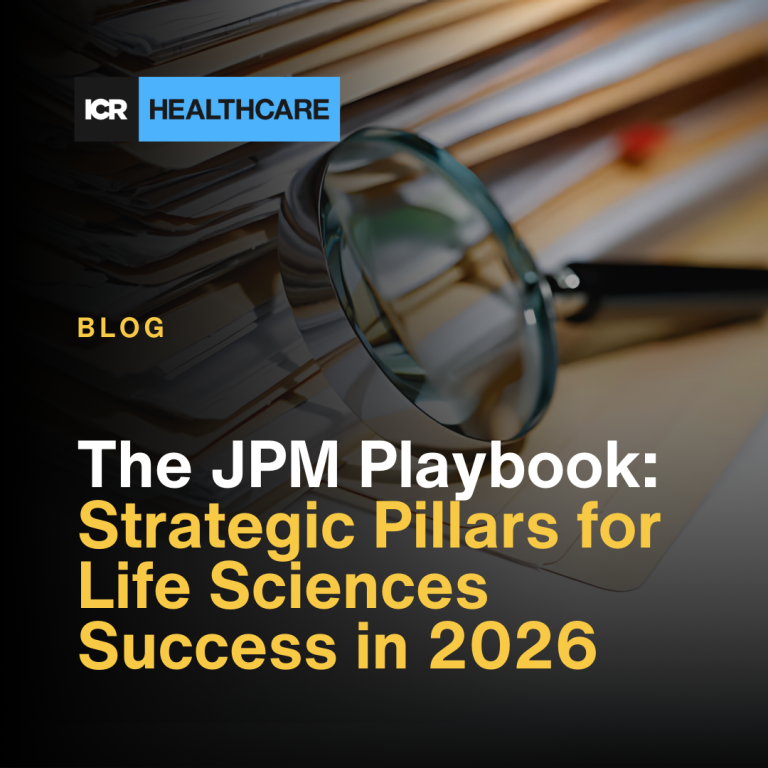Each year, leading lawyers, bankers, PR professionals and other advisors focused on M&A and shareholder activism convene in New Orleans for the annual conference of the Tulane Corporate Law Institute to discuss the latest developments and trends in the area of transactions and corporate securities law. As regular attendees, ICR teams have seen the conversation evolve over time in a number of key areas affecting IR and PR practitioners. Here are some of our takeaways from this year’s event:
M&A Outlook
In the first and most heavily attended panel, Anu Aiyengar, Global Head of M&A at JP Morgan, flanked by leading M&A lawyers, provided an outlook on the M&A market. The panelists appeared to be in agreement that the M&A market will remain choppy for the remainder of 2023, with pockets of deals, as well as inactivity. There seemed to be a hopeful consensus of expectation for more stability towards the end of the year. In today’s volatile market conditions, acquirers are more like to target companies with strong cash flow, profitability, scalability and general resilience to broader macro headwinds.
Financing for deals remains available. The private credit market has grown tremendously, and the cost of debt is still reasonable on a historical basis. However, deals are taking much longer to close. When shopping a deal, M&A professionals need to start considering financing earlier from many more sources than before. Banks are willing to commit less capital today, therefore leading to more banks being involved in a syndicate. Larger deals (over $5 billion) are taking roughly double the time to close than smaller deals (below $5 billion). In some cases, antitrust review provides additional negative pressure on deal timing.
A few other key points:
- Cash has been the predominant deal currency over past few years, given high equity valuations. Stock for stock deals are materially down.
- Recent SPACs have traded down. However, SPAC performance has generally been in line with the broader IPO market.
- There has been a downtick in CEO transitions during and recovering from the global pandemic. When new CEOs are hired, they are far less likely to do transformative transactions.
Universal Proxy Cards
Ted Yu, Associate Director of Specialized Policy and Disclosure at the SEC, tried to reassure the audience that the sky is not falling when it comes to the Universal Proxy Rule. He indicated that anytime there is a significant rule change, the fears of its negative impact are usually overblown.
So far, Universal Proxy Cards are not leading to elevated levels of public proxy fights. Fears of gadflies acquiring board seats appear to be unfounded. In fact, it may be more difficult for activists to get a control board slate (majority of board seats) as it is easier for shareholders to vote on specific directors that are targeted in a contest.
On the issuer side, companies should consider amending and modernizing their bylaws with reasonable advance notice criteria. Onerous advance notice bylaws will likely agitate shareholders. Now, more than ever, companies need to increase their level of engagement with shareholders, highlighting the extra importance of thoughtful board composition.
Though the overall impact of Universal Proxy Cards is still being determined, it seems like an important improvement in shareholder democracy.
Media Coverage of Deals
M&A-focused journalists focus on breaking news and often compete for scoops. Given the increased level of competition to break news, reporters may feel pressure to be first, rather than provide a deep dive analysis. These competing priorities came into play in the early coverage of the FTX story. There was a lack of understanding of FTX’s business, which may have contributed to more favorable coverage of a company on the brink of collapse. Additional takeaways:
- The increased amount of time (and number of parties) required to get a deal closed leads to an increase in media leaks.
- Media panelists have seen an uptick in hostile deals and expect to see more.
- Deal reporting is seeing a power shift from institutions to high-profile individuals, such as Elon Musk, wanting to share their worldviews via social media, including their thoughts on a particular transaction.
Shareholder Activism & ESG
Shareholder activism was a regular topic of discussion throughout the Tulane M&A Conference. Within shareholder activism, panelists discussed preparing for activist hedge funds, shareholder engagement and how ESG factors impact activist campaigns.
On preparation, companies should be scrutinizing their performance against best-in-class peers. The questions they should be asking include: How do we stack up operationally? How do we compare from a valuation standpoint? Have we performed a self-analysis of the Board of Directors? Knowledge of where a company is both outperforming and underperforming is critical to have on hand well in advance of any activist engagement.
That knowledge is also helpful when engaging with shareholders, another important way to prepare for activist engagement. Panelists discussed when to include directors in shareholder outreach. Including directors is not necessary on all investor calls, however; when engaging with index funds or active managers with large corporate governance teams, director representation in the meetings is advisable especially when discussing high-level strategy and risk oversight. Before any shareholder engagement, directors need to be carefully prepared, because they are not involved in day-to-day operations. Also, their engagement should be somewhat scripted so as to not to unintentionally run up against any Reg FD issues.
The G of ESG has always been an important aspect of activist campaigns. Increasingly, E&S factors are being included as well. Activists that use ESG effectively in their campaigns provide a credible rationale on why adopting some ESG measures will deliver shareholders with a return on investment. How does adopting a specific ESG policy affect the bottom line? Proxy advisors, such as ISS, look for a credible link to how ESG recommendations are related to performance when analyzing activist campaigns. Diversity on the Board is often a key ESG component on most activism campaigns.
To prepare, Boards should consider sub-committees to focus on specific ESG issues as part of its risk oversight responsibilities. If a company publishes an ESG policy or target, the company must consistently report on how it is tracking against that ESG policy/goal. Failure to do so can diminish credibility with proxy advisors and shareholders.
Finally, the panelists discussed why talks between activists and companies break down and publicly escalate. Engagement typically breaks down when an activist feels like their ideas are not being communicated properly to the Board. Activists want meaningful engagement, not overly scripted responses. Follow up can go a long way to make activists feel heard.
In this respect, the role of the investor relations team is critical. The company’s IR team needs to effectively communicate the activist’s views to both the management team and the Board. There can be no divergence of perspective from the management team and the Board – often, boards are not fully informed. Not only is a highly competent IR function necessary to communicate with shareholders and sell side analysts, but the investor relations team also plays an important role in internal communications between management and the Board.



